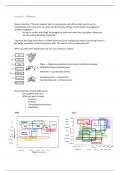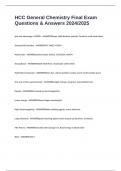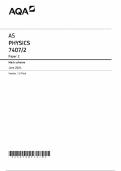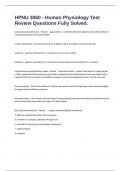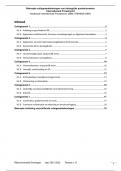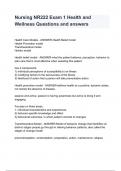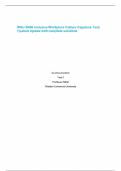College aantekeningen
Aantekeningen hoorcolleges The integrated brain : Psychobiologie
- Vak
- (5102THIB6Y)
- Instelling
- Universiteit Van Amsterdam (UvA)
Uitgebreide aantekeningen, inclusief plaatjes, van alle hoorcolleges van het vak The Integrated brain van de opleiding psychobiologie. Het omvat colleges van alle docenten en gastdocenten. Taal van het document is Engels (net zoals het tentamen)
[Meer zien]
